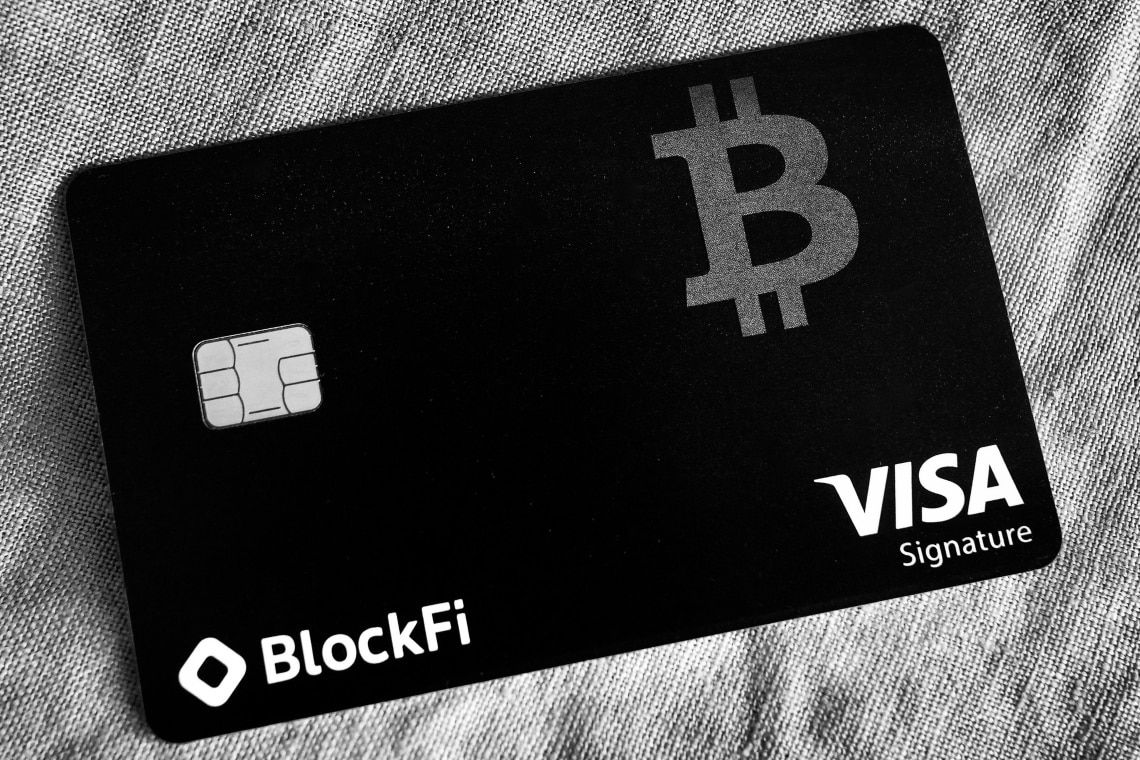BlockFi is one of the crypto lending platforms that was affected by the domino effect of the FTX exchange implosion. Indeed, the platform is facing Chapter 11 bankruptcy.
BlockFi’s bankruptcy occurred in late November, suspending all operations when FTX collapsed following a liquidity crisis and allegations of misuse of FTX customers’ funds, perpetrated by the cryptocurrency exchange run by Sam Bankman-Fried.
Now, the lending platform BlockFi is suing FTX founder Sam Bankman Fried to repossess shares in the trading platform Robinhood, which were pledged as collateral in early November, just days before the collapse of FTX
Summary
BlockFi and the lawsuit against SBF
BlockFi was one of the first companies to go bankrupt in the wake of FTX, the shockwave of Sam Bankman Fried’s exchange platform forced BlockFi into bankruptcy, officially filing for Chapter 11 with the United States Bankruptcy.
Chapter 11 invoked by BlockFi, unlike FTX, allows the lending company to avoid total liquidation. Under US bankruptcy law, if circumstances make it possible, BlockFi can initiate a restructuring process aimed at getting the company back afloat through new management and limiting damages to customers.
One of BlockFi’s attempts to recover money is the lawsuit filed against Sam Bankman Fried. BlockFi in particular, is asking the US Court (in the District of New Jersey) to return the collateral of the lien agreement, where there is a payment schedule, which has not been fulfilled.
This emerges from Blockfi’s order:
“BlockFi seeks to enforce the terms of a pledge agreement and recover as much as possible from these failures. The Emergent and/or EDFM must immediately transfer the Collateral to a neutral party, such as a neutral broker or an entity supervised by the Court, and finally to BlockFi.”
The collateral was provided because of the stake Sam Bankman Fried owned in Robinhood when the former CEO of FTX bought 7.6% of the platform earlier this year.
Sam Bankman Fried also confirmed the loan he received:
“I borrowed the sum of $491,743,563.39 and Gary borrowed the sum of $54,638,173.71 from Alameda.
All sums evidenced by the promissory notes were capitalized into Emergent as working capital so that it could purchase Robinhood shares.”
On 9 November, BlockFi entered into an agreement with Emergent to secure the obligations of an anonymous borrower payment (knowing it to be Alameda) by pledging certain shares of common stock as collateral.
A report belonging to the FTX bankruptcy case states that:
“Robinhood stocks played a major role in the period leading up to the implosion of FTX. They were touted in a spreadsheet as some of the crypto empire’s most valuable and liquid assets amid efforts to raise rescue funding.”
BlockFi’s attempt to reactivate customer withdrawals
Last week, BlockFi’s platform attempted to get the green light from the court to allow its customers to withdraw cryptocurrencies from certain accounts. Within BlockFi Wallet, customers are currently not allowed to access their own digital assets. On the document filed with the New Jersey bankruptcy court it is possible to understand BlockFi’s desire to protect its customers:
“Debtors do not have any legal or equitable interest in the cryptocurrency that was in the wallet accounts at the time of platform suspension, and customers should be able to withdraw such assets from the platform if they wish to do so.”
The hearing regarding the release of BlockFi’s withdrawal funds will take place on 9 January 2023.
Since its bankruptcy, BlockFi has always tried to protect itself in order to safeguard its customers. Unfortunately, however, the heavy exposure to FTX did not make this possible; already a few days after the collapse of Sam Bankman Fried’s platform on 11 November, BlockFi’s withdrawals were blocked.
The paradoxical relaunch did not work
A very short time had passed since the crypto lending platform BlockFi had paid its $100 million fine with the Securities and Exchange Commission (SEC). On 7 November, the company was ready to relaunch its crypto Yield, tweeting that it was hopeful for BlockFi’s future, which subsequently turned black due to the implosion of FTX. The words on 7 November from Flori Marquez, founder and CEO of BlockFi:
“As we continue to work diligently to register with the SEC for a public offering for BlockFi Yield, we are pleased to share that U.S. customers verified as accredited investors will soon be able to earn interest on BlockFi’s digital assets.”
Looking back, BlockFi was indeed poised to relaunch, during the beginning of 2022 the company was forced to lay off 20% of its staff. The deal with FTX seemed to be a benefit for BlockFi, and while deals do not always work out, no one imagined the catastrophe that would hit both crypto companies back-to-back.


